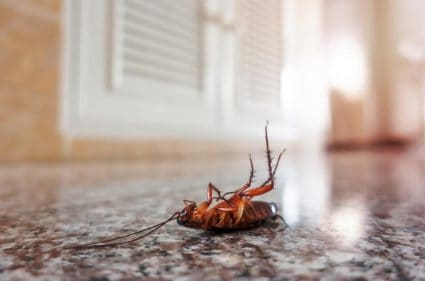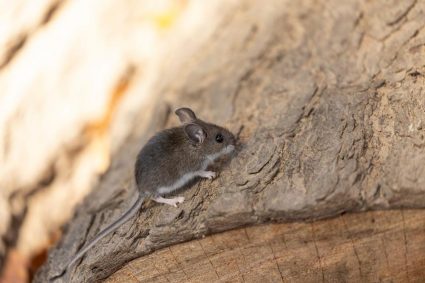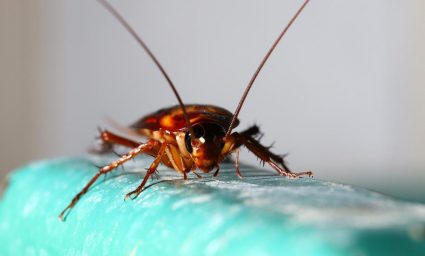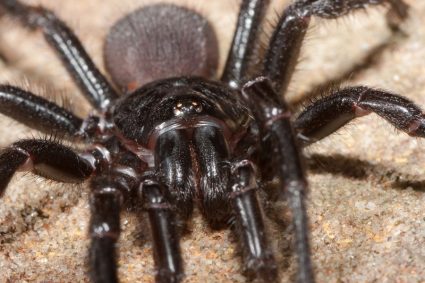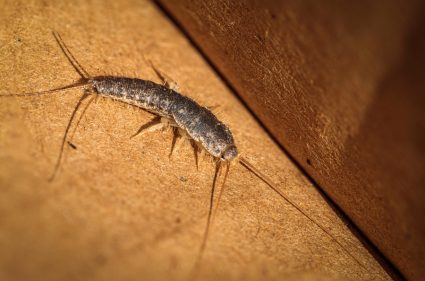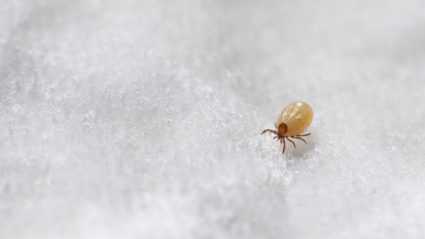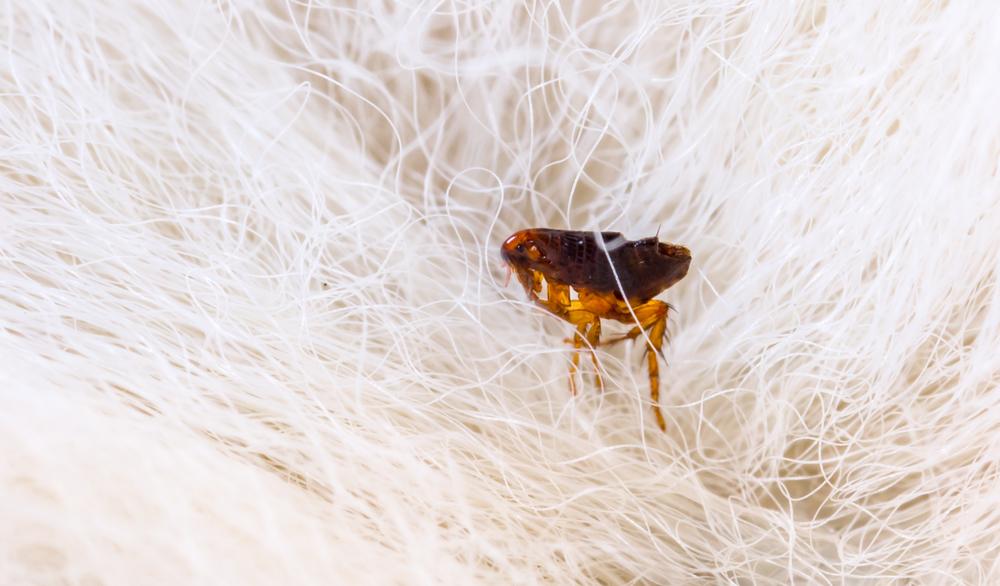
Flea larvae in your house can be a significant nuisance, causing discomfort and potential health risks for both you and your pets. Fortunately, there are several methods to effectively eliminate these pests and prevent future infestations. This comprehensive guide will detail steps you can take to rid your home of flea larvae, providing examples, references, and a variety of solutions to suit different circumstances.
To get rid of flea larvae in the house, start by vacuuming regularly, focusing on floors, carpets, and corners. Wash pet bedding in hot water and apply insect growth regulators (IGRs) to affected areas. Consider using natural remedies like baking soda, diatomaceous earth, or essential oils. Steam clean carpets and upholstery and treat your yard. To prevent future infestations, ensure your pets are treated with effective flea prevention products and maintain regular cleaning of your home.
Signs of Flea Larvae Infestation
Before tackling the problem, it’s crucial to identify the signs of a flea larvae infestation. These include excessive scratching and hair loss in pets, welts and red skin, bites around human ankles, pale gums in pets, flea dirt, flea eggs in carpets, restless pets, and itchy red spots on humans. Recognizing these signs early can help you take action quickly and prevent the infestation from worsening.
Understanding The Flea Life Cycle
Fleas have four life stages: egg, larva, pupa, and adult. The life cycle can be very quick or last many months to years depending on the environmental conditions throughout the life stages. Understanding this life cycle is crucial for effective elimination of flea larvae, as it involves a combination of regular cleaning, use of insecticides, and other treatments to target each stage of the flea life cycle.
Health Risks of Flea Larvae
Although flea larvae do not directly harm humans, adult fleas can pose several health risks such as itching, skin irritation, secondary infections due to scratching, allergic reactions to flea saliva, transmission of tapeworm larvae, and even diseases like murine typhus and bubonic plague in some regions. Flea infestations can also cause anemia in pets, which can be life-threatening if left untreated.
Eliminating Flea Larvae
To effectively get rid of flea larvae in your house, you can use a combination of cleaning methods and treatments. These include:
- Regular vacuuming of floors, carpets, and corners.
- Washing pet bedding in hot water.
- Applying insect growth regulators (IGRs) to affected areas.
- Sprinkling baking soda or diatomaceous earth on affected areas.
- Using essential oils like citronella, eucalyptus, cedar, lavender, and peppermint to repel and eliminate fleas.
- Steam cleaning carpets and upholstery.
- Treating your yard by removing debris, using sprays on patios and foundations, and applying extra treatments to damp areas protected from sunlight.
Preventing Future Infestations
To prevent future infestations of flea larvae in your house, you should:
- Treat your pets with effective flea prevention products.
- Regularly clean your home, focusing on areas where your pets rest.
- Designate specific areas for your pets to sleep and rest.
- Regularly launder fabrics that your pet uses, such as blankets, toys, or bedding.
- Vacuum or steam clean all likely places where fleas may hide.
By following these steps, you can significantly reduce the chances of a flea infestation in your home. Regular cleaning and treating your pets with effective flea prevention products are crucial in keeping your home flea-free.
Remember, the key to handling fleas is persistence. It can take days to weeks for all the fleas present in an environment to die, even with the most conscientious approach. We hope this guide has provided you with the knowledge and tools you need to effectively tackle a flea larvae infestation in your home.
Frequently Asked Questions
What are insect growth regulators (IGRs) and where can I buy them?
Insect Growth Regulators are chemicals that mimic natural insect hormones that prevent larvae from developing into adulthood. IGRs are safe to use around pets and humans. They can be bought from pet supply stores, home improvement stores, or online.
How often should I vacuum to prevent flea infestations?
It’s recommended to vacuum at least once a week to pick up any flea eggs or larvae that may be present. However, if you’re dealing with an active infestation, daily vacuuming may be necessary until the infestation is under control.
Can I use any essential oil to repel and eliminate fleas?
Not all essential oils are safe or effective against fleas. The ones mentioned in the post (citronella, eucalyptus, cedar, lavender, and peppermint) are known to be effective. However, always dilute essential oils before use and be cautious if using around pets, as some can be harmful if ingested or applied directly to their skin.
What are the signs of anemia in pets due to flea infestations?
Signs of anemia in pets can include pale gums, lethargy, loss of appetite, and rapid breathing. If you suspect your pet is anemic due to a flea infestation, consult a veterinarian immediately.
Are there any natural alternatives to chemical treatments for flea larvae?
Yes, there are natural alternatives to chemical treatments. These include diatomaceous earth, which can be sprinkled on carpets and pet bedding, and certain essential oils that can repel fleas. However, these methods may not be as effective as chemical treatments in severe infestations.


